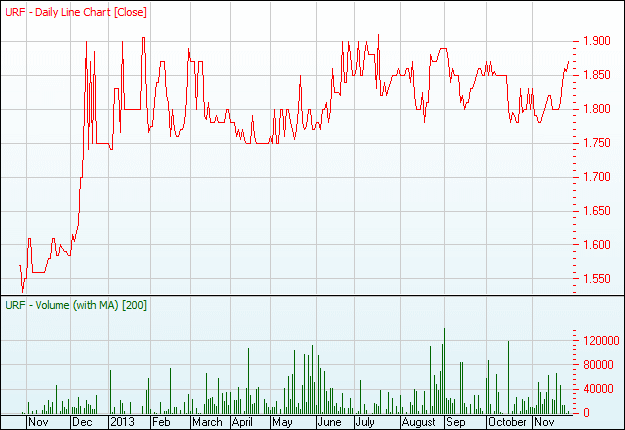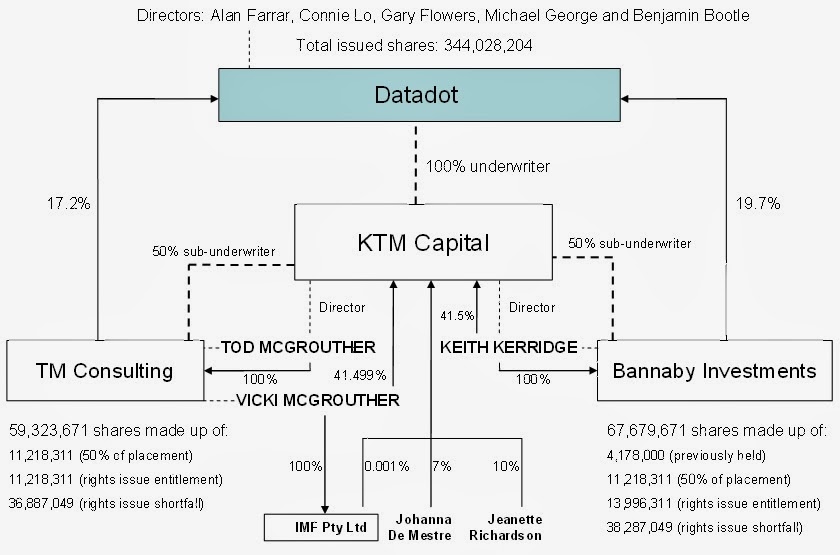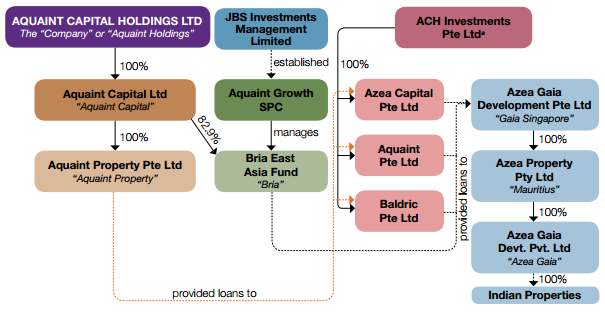Australasian Wealth Investments (AWK.AX) is a new listed investment scam created from the shell of MEF.AX, which in turn sprung from FAT.AX. During its phoenixing, it performed a series of sham transactions between related parties, and acquired a 50% stake in unlisted van Eyk research, which it can now revalue at will. AWK's most recently reported net tangible asset backing was $0.3753. AWK is issuing 38m shares at $0.3705, increasing shares outstanding by two thirds. AWK's share price was then ramped to $0.495 by the scheme's operators and accomplices, allowing them to book unrealized profits in excess of 30% in a matter of weeks.
Allied Consolidated (ABQ.AX) is another new revaluation fraud. Recently called Allied Brands, perennially loss-making ABQ is now changing name again, to Disruptive Investment Group, like children painting stripes on a car to make it go faster. ABQ has bought a failed internet business for $35,000, which it can revalue at will. At its general meeting ABQ resolved to issue 120,000,000 shares at $0.0025, issue 190,000,000 shares at $0.01, issue 60,000,000 options at $0.000025, and issue 20,000,000 shares to previous noteholders, with sundry allotments to directors. ABQ's price was then ramped to trade around $0.03.
The shenanigans at ABQ was too much even for the auditor to unflinchingly stomach, with the auditor making a "disclaimer of auditor's opinion" in the 2013 annual report and refusing to sign off that ABQ is compliant with the Corporations Act.
Meanwhile, ASIC is giving its guarantee that ABQ is not ramped and manipulated, just like it does for every single revaluation fraud. For if ABQ were ramped and manipulated, ASIC would have to do something about it.
.gif)












